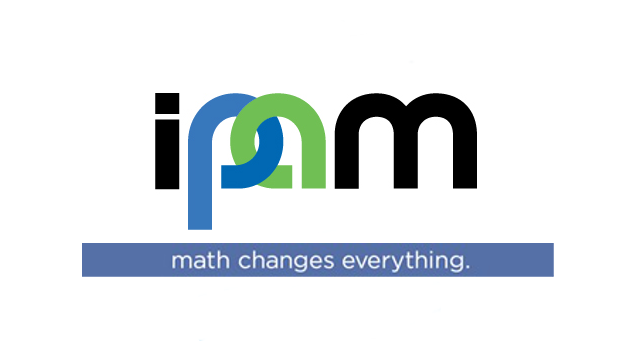Making GW, the Random Phase Approximation and Beyond Work with Localized Orbitals
Presenter
July 28, 2014
Abstract
Xinguo Ren
University of Science and Technology of China
Numeric atom-centered orbitals (NAOs) have been established as an efficient and
flexible basis set choice for density-functional calculations within the conventional
local-density or generalized gradient approximations (LDA/GGAs). However, for approaches
beyond LDA/GGAs, such as hybrid functionals, the random-phase approximation (RPA), or
the GW method, a straightforward implementation using NAOs is extremely expensive.
This is because such an implementation requires a large number of four-center, two-electron
Coulomb integrals, which poses a considerable challenge both for CPU time and for memory storage.
In the FHI-aims code [1], we confront this problem using the resolution-of-identity (RI) technique
and an on-the-fly procedure to construct, for any given NAO basis set, the corresponding auxiliary
basis functions. This enables an accurate and reasonably efficient implementation of hybrid functionals,
RPA, GW, and MP2 for finite systems [2]. However, the standard Coulomb-metric based RI technique,
which we have used in Ref. [2], is still too expensive for periodic systems. Recently we have
developed a localized RI approximation [3], under which the number of necessary two-electron integrals
are considerably reduced. This allows us to extend our implementations of several "beyond-LDA/GGA"
approaches to periodic systems.
In this talk, I will first briefly review our implementation based on the standard RI technique
for finite systems, and then using RPA and GW as examples, show how the implementation can be
extended to periodic systems. Preliminary results will be shown to highlight its promises as
well as the remaining challenges.
[1] V. Blum, R. Gehrke, F. Hanke, P. Havu, V. Havu, X. Ren, K. Reuter, and M. Scheffler,
Comm. Phys. Comm. 180, 2175 (2009).
[2] X. Ren, P. Rinke, V. Blum, J. Wieferink, A. Tkatchenko, A. Sanfilippo, K. Reuter, and M. Scheffler,
New. J. Phys. 14, 053020 (2012).
[3] J. Wieferink, A. C. Ihrig, I. Y. Zhang, M. Ropo, X. Ren, R. Rinke, M. Scheffler, and V. Blum, to be published.
